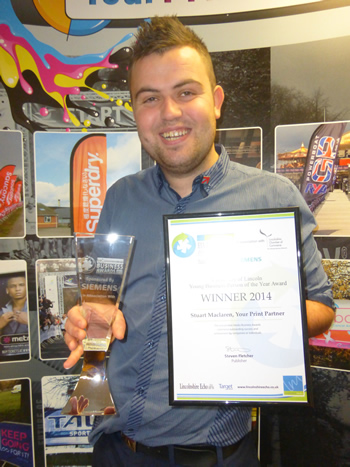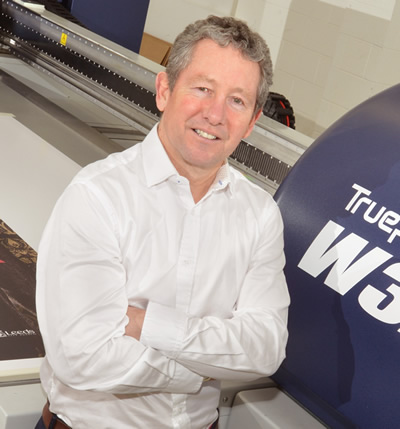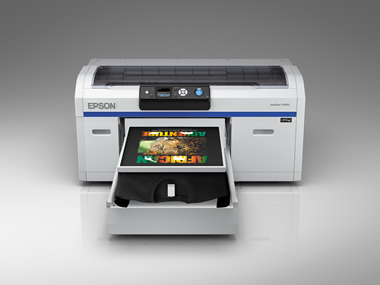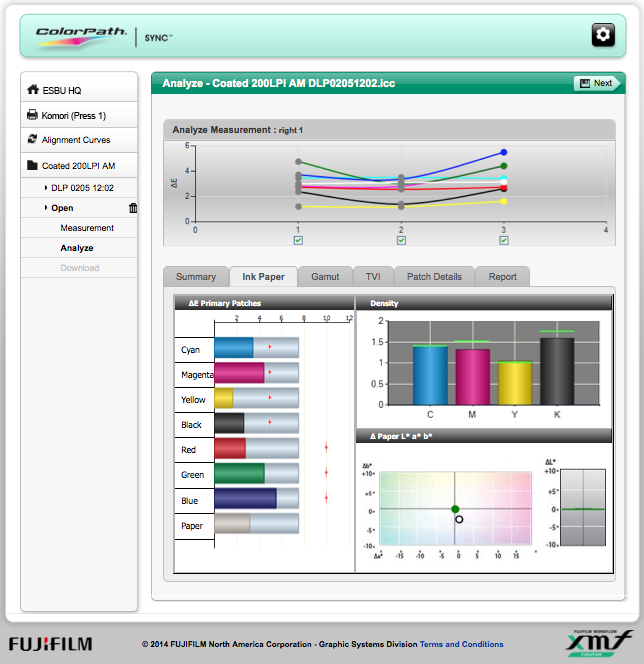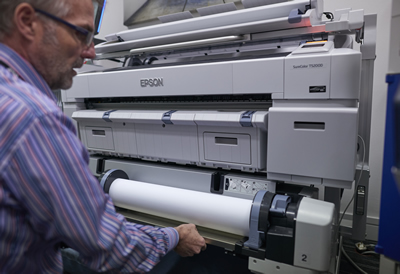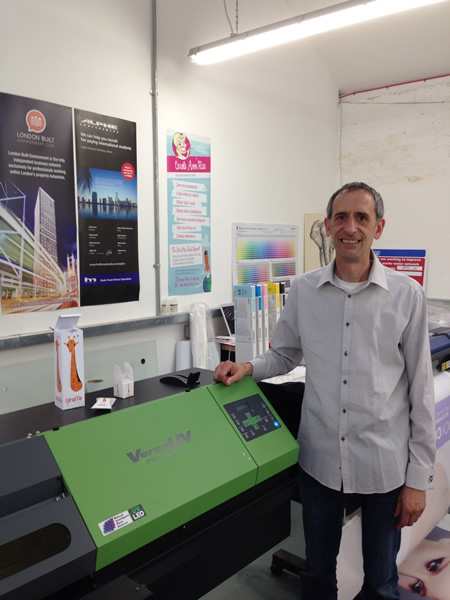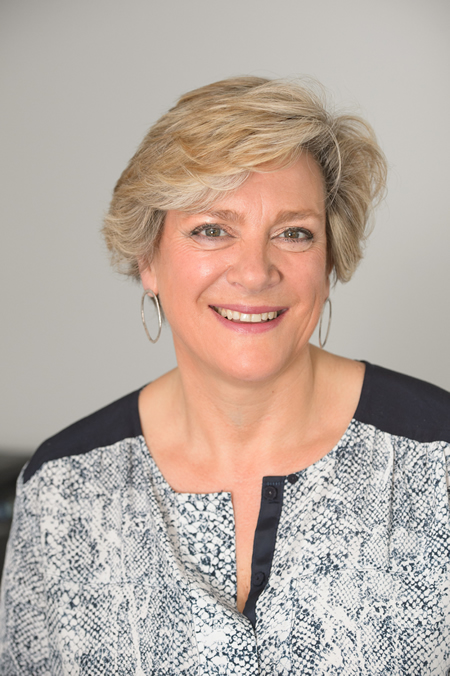Two Sides is doing a great job at distributing the environmental facts about print. But Digital media is still getting away with too much when it comes to the sustainability argument. Could that be changing?
Does an iPhone use more energy than your fridge? Mark Mills, CEO of Digital Power, made that claim in a study about Cloud computing two years ago, sparking a furious online debate. American think tank, the Breakthrough Institute, crunched the numbers and concluded that a typical iPhone consumed 388kWh of energy a year whereas some household refrigerators used as little as 322kWh.




